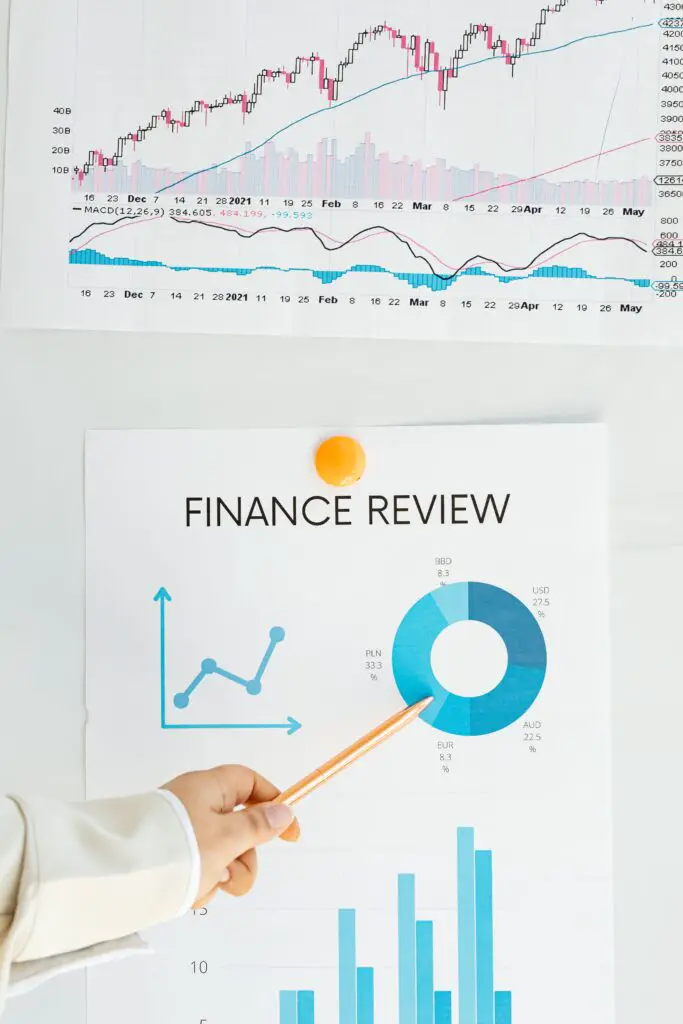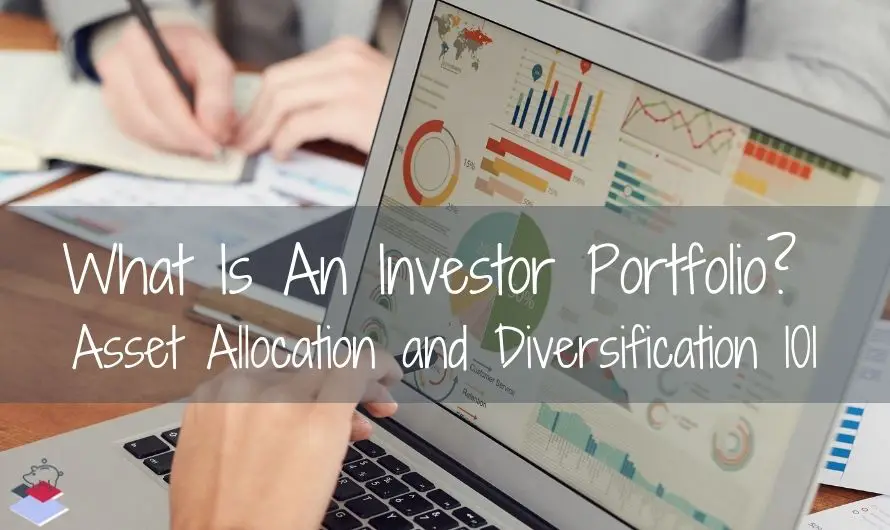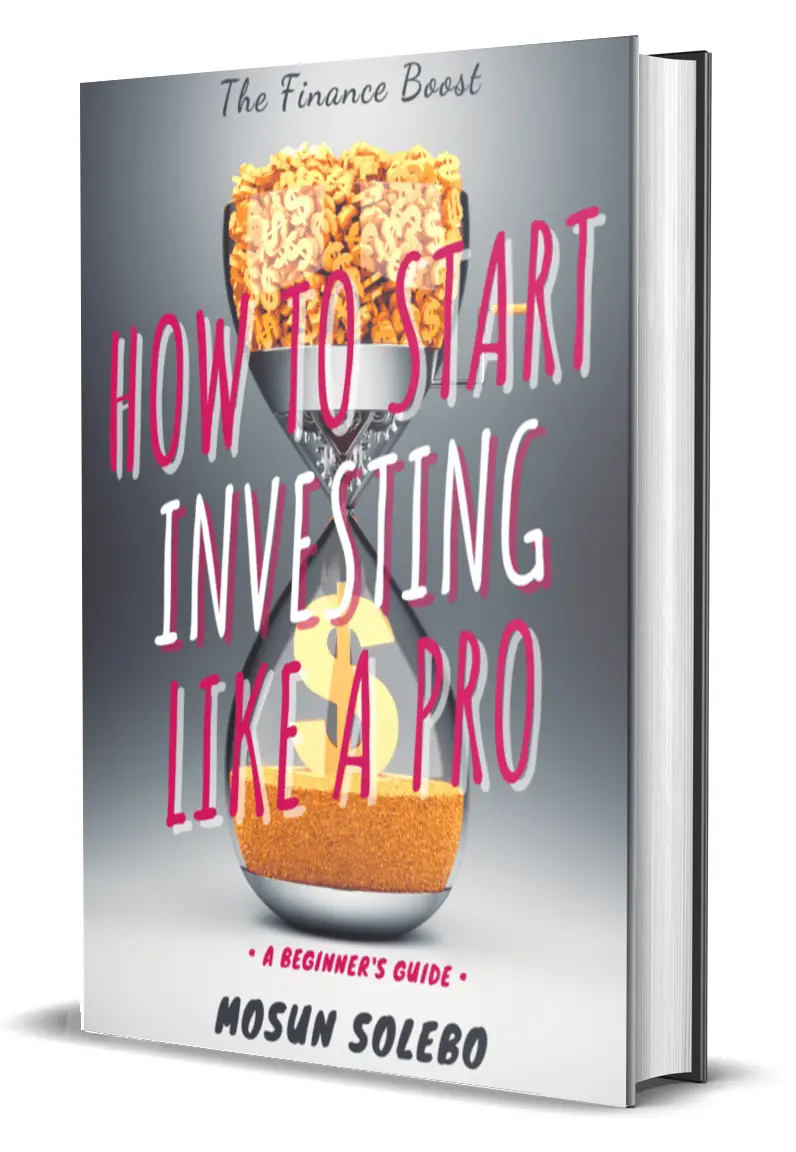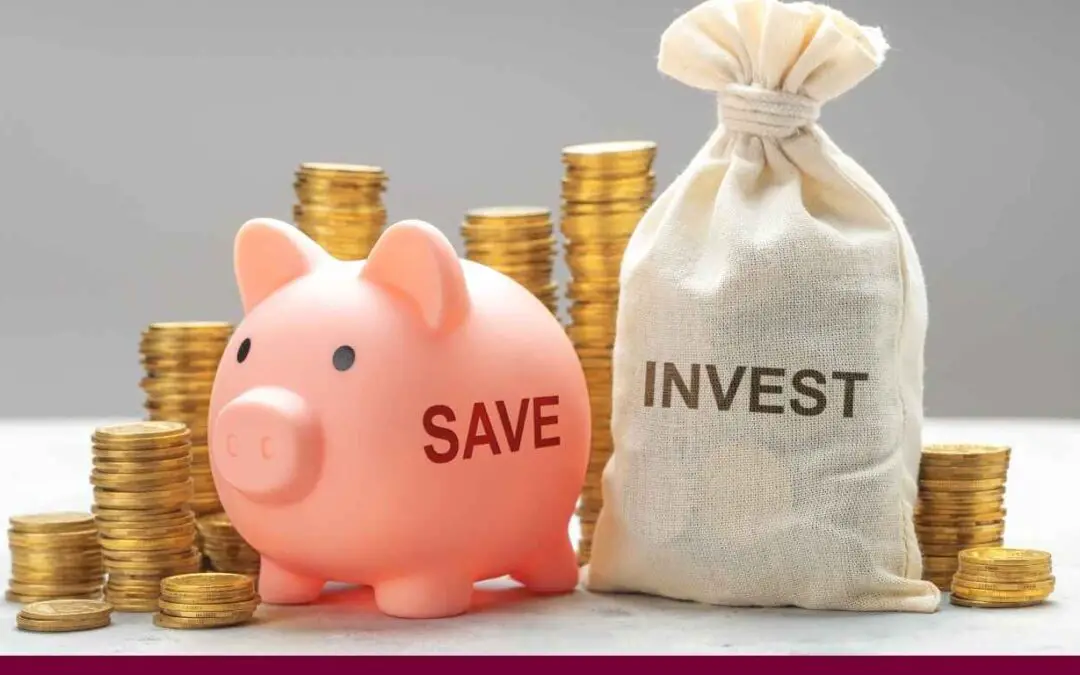What is an investor portfolio?
This post will tell you everything you need to know about an investor portfolio, so keep reading.
Investments can mean different things to many people. For example, some consider luxury bags or quality make-up an investment in beauty and fashion.
In contrast, others treat arts and jewelry as their investment.
Still, in the truest sense, money market funds, ETFs, index funds, bonds, stocks, and cash equivalents neatly summed up an investment definition.
How about an investor portfolio? What is it, and what do investors gain from having one?
You probably heard about “portfolios.” Generally, it means collecting your work—for example, an art portfolio or a student portfolio.
Likewise, an investor portfolio means the same. It is also a tool used by investors to have a whole picture of their investments in one go.
Related: M1 Finance vs. Robinhood- Which is the best investing platform for you?
What is an investment portfolio?
Essentially, an investment portfolio is a collection of your financial investments. It includes a wide range of asset classes such as stocks, bonds, funds, cash, savings, etc.
An investment portfolio is the graphs or pie charts of different asset allocations as an art gallery is to a photographer’s portfolio.
In addition, an investment portfolio consists of different asset classes.
These asset classes are stocks, bonds, REITs, ETFs, cash, funds, etc. Therefore your home, cars, or art, (for example) typically aren’t considered part of an investment portfolio.
Why do investors need portfolios?
Investors need portfolios because it is their guide as to what investments they own. Like a spending plan or budget tracker, an investor portfolio tells an investor the percentage or amount of stocks he owns, shares from funds he bought, and more.
It is an overall picture of where the money is parked or invested. Hence, it’s also essential to keep track of your investment portfolio.
Furthermore, an investor portfolio varies per person depending on one’s personal goals, age, income, risk tolerance, and timeframe.
How do I make an investment portfolio?
If you’re building your investment portfolio from scratch, there are a few points to take.
1. Objectives

First, know your purpose. What is your investment goal? Why are you investing your money?
There are many reasons why people choose to invest their hard-earned money.
One is for retirement, downpayment for a dream house, or for the college education of their children. So know first your “why” Be clear about it and specific as possible.
2. Time horizon

Second, how long are you going to be invested? Can you keep your money for a more extended period?
If you have money that you won’t be needing for the next five years, then go ahead and make use of it by investing it.
It would be best if you steered clear of investment turnover by minimizing your transaction costs.
So buy and don’t sell immediately; hold it for a while. If it meets your target price, sell or hold until your retirement.
Furthermore, most investors have a long-term view so try to adapt that mindset too. Most investor portfolio time frames are 10 years.
3. Diversification

You probably heard this adage, “don’t put all your eggs in one basket.” Well, that embodies diversification.
Essentially, an investor portfolio should be balanced and diversified to mitigate risks.
In addition, assets have varying risks. An investor portfolio mustn’t be hurt when one or two stocks fall because the other can make up for the loss.
Hence, most financial experts and advisors share that you should spread your risks and keep them balanced.
Moreover, it’s highly recommended to have more than just one type of asset class in your investor portfolio. So that when a few falls, the others can pool your other funds up.
4. Asset Allocation

More importantly, asset allocation is how you distribute the money in your portfolio across different asset classes. For example:
Stocks: 60% to 70%
Bonds: 25% to 35%
Cash: 0% to 10%
To determine your asset allocation, you can use an asset allocation calculator
It’s similar to how people group similar investments. For example, it is prevalent with exchange-traded funds (ETFs).
I invest more in ETFs because of the flexibility I get with purchasing them.
An ETF is like buying multiple stocks of several companies by buying just one slice of the ETF. It’s clear how buying one ETF spreads your risk across hundreds of companies, whereas buying one stock places 100% of your risk in one company.
Furthermore, investing in an individual stock requires a high level of research and conviction in a single company, while investing in an ETF helps you invest in multiple commodities at once.
An investor can invest in both individual stocks and ETFs, whatever they prefer. But ETFs are more on the passive investor’s choice.
So, you’ll be making a very personal choice. There is no single asset allocation model that is right for every financial goal. Therefore, you’ll need to use the one that is right for you.
5. Risk Tolerance

Lastly, and most importantly, determine your risk tolerance. An investor’s portfolio backbone is based on the investor’s details, including their appetite for risks.
If you are young, and with zero dependents, you tend to fall under the high-risk or aggressive spectrum.
That is because time is on your side. You have enough years to recoup your investment if it fails. Plus, you can invest and earn more through the power of compound interest.
So you will be more likely to invest in stocks, index funds, and the likes.
On the other hand, if you have a child or are nearing your retirement, you will most likely be on the low-risk or conservative side. But, again, you don’t want to lose your investment all at once as time is short.
Therefore, you will more likely invest on the safe side, guaranteed, but low returns like bonds and CDs.
They are also known as fixed-income securities. It is because you already know much money will get back to you after some period.
However, if you use an investing app or Robo-advisor to meet your investing needs, its algorithm can automatically create a customized investor portfolio for you based on your initial assessment (goals, income, age, risk tolerance, time horizon)
Moreover, Robo-advisors can rebalance your portfolio for you. It can reset it initially to your preferred ratios, do the tax loss or efficient harvesting, and so much more.
What is the best investment portfolio for beginners?

The best investment portfolio for beginners is not too aggressive and is also not too conservative. Meaning it should be equal parts, moderate, or balanced.
For beginners, an ideal investment portfolio should consist of:
- IRAs
- Mutual funds
- High-yield savings account
- ETFs
- 401(k)
Furthermore, there are additional classifications of investor portfolios you can choose from:
Growth portfolio
This investor portfolio mainly consists of asset classes that can grow, yields dividend income, and appreciate capital. It may also consist of young companies that are booming or start-ups moving fast-paced to stable growth.
Most of the top corporations are also included in this type of portfolio because of their stability for growth.
Income portfolio
This type of investor portfolio is more concerned with the profits companies share in the form of dividends stocks. Bonds, on the other hand, give interest plus profits earned on the investment.
The asset classes in the income portfolio and any other types of portfolio are not limited to U.S soil. So yes, you can also own shares across global companies.
Value portfolio
A value portfolio is for investors who invest in companies he likes or supports and truly believes in. It’s not that they are not concerned about the monetary benefits.
Still, they are more likely to put their money on asset classes that make the most sense and prioritize the value they received from these companies’ products or services, believing they are worthy or valuable.
Final thoughts
While there is no one-size-fits-all investment, your best option is to build an investment portfolio that considers your income, age, time horizon, risk tolerance, and goals. These are all the individual pieces that make up the puzzle of your ideal investment portfolio.
There are rules of thumb for investing. One is subtracting your age to 110 or 120 to determine the percent to commit to investing in stocks and bonds.
For example, if you’re 23 years old (120-23=97), It means to allocate 97% of your investment to stocks and 3% to bonds. (The younger you are, the more aggressive you can be)
Another rule states that you should set aside 10-15% of your paycheck to retirement investments.
However, it’s really up to you on how to invest efficiently. You are free to religiously follow what other people are doing or test it yourself and learn from experience.
Therefore, we hope you learned what an investor portfolio is and can start to plan and build yours too.
If you have further questions, feel free to share them below, and we’ll be happy to answer them for you.
Happy Investing!












0 Comments